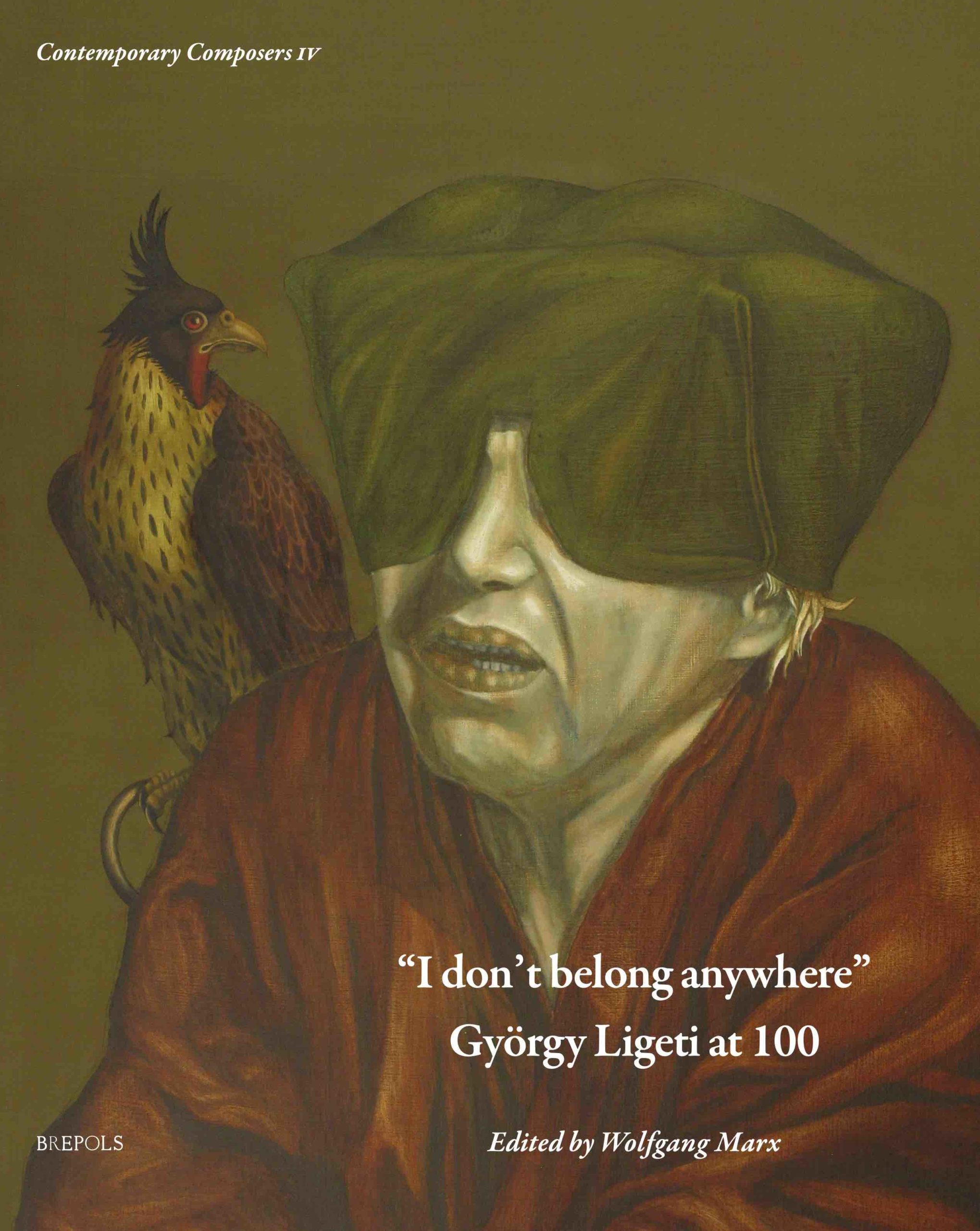- Between Englishness and Modernism: The Critical Reception of Tippett’s Operas
Ivan Hewett (Royal College of Music) | ivan.hewett@rcm.ac.uk
- La recepción de Manuel de Falla en los Estados Unidos de América: El estreno de La vida breve en el MET
Pablo Martínez Pegalajar (Rowan University, NJ) | pablopegalajar@gmail.com
Polish Musicians in the Concert Life of Interwar Paris: Short Press Overview and Extensive Bibliographic Guide
Renata Suchowiejko (Jagiellonian University, Kraków) | renata.suchowiejko@uj.edu.pl
North-South, South-South, a Glance at Production, Research and Music Criticism in Latin America
Marita Fornaro Bordolli (Universidad de la República, Uruguay) | maritafornaro@gmail.com
Mónica Vermes (Universidade Federal do Espirito Santo – UFES, Brasil) | mvermes@gmail.com
La evolución discursiva del Grupo de Renovación Musical de Cuba en las revistas Conservatorio (1943-1947) y La Música (1948): hacia la superación de neoclasicismo e hispanismo
Belén Vega Pichaco (Universidad de La Rioja) | belen.vega@unirioja.es
The Internationalization of Brazilian Contemporary Music through the Festivals of Rio de Janeiro
Danilo Ávila (UNESP – Universidade Estadual Paulista ‘Júlio de Mesquita Filho’) | danilo.avila@gmail.com
Para una topología de la crítica: ¿qué se ha dicho sobre la ópera producida en Montevideo entre 2016 y 2018?
Sergio Marcelo de los Santos (Universidad de la República, Uruguay) | sermadelos@gmail.com



